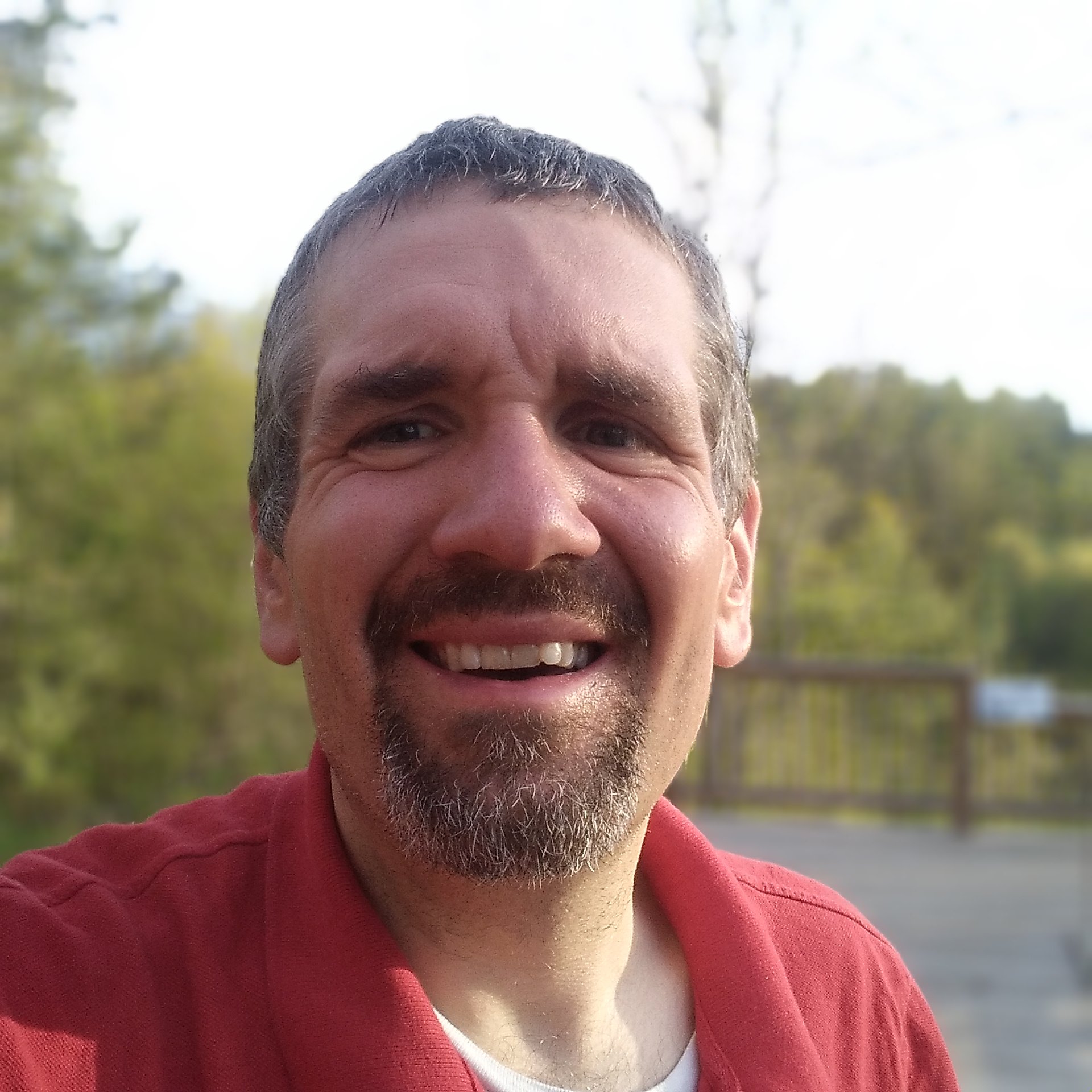Lake Albany
Hillshade of the Upper Hudson Valley, area below 500 feet sea level shown in blue. Shows how air pollution often gets trapped in the basin and where historic Lake Albany once was.
Taken on Tuesday May 14, 2024 at Hudson Valley.
Hillshade of the Upper Hudson Valley, area below 500 feet sea level shown in blue. Shows how air pollution often gets trapped in the basin and where historic Lake Albany once was.
Taken on Tuesday May 14, 2024 at Hudson Valley.Looking west on Five Mile Mountain.
Taken on Saturday May 30, 2009 at Tongue Mountains.I was riding my mountain bike this afternoon at lunch time, observing and taking in more of the Albany Rural Cementary, in a respectful kind of way. Observing the various tombstone’s and monuments, some to very prominent politicians and persons, other business people and common folk who arranged to have monuments created in their memory. It struck me what a strange place cemeteries really are.
At one level, cemeteries are dumping grounds for the carcasses of the deceased. Their hearts have stopped beating, they’ve stopped breathing, and something has to be done with their bodies. Burying them is one way to stop the spread of pathegons, and depending how they are buried, preserve their carcasses in some state of existence for years to come.
On the other hand, cemetaries are park like environments, where monuments are erected to remind love ones and general public of persons that once roamed this earth for good or bad. Cemeteries provide a place not only for gathering at the burial, but also to visit any time in the future when loved ones or the public want to remember the person whose spirit and life has left this earth.
Cemeteries were the original urban park, and in many ways are still a delightful place to walk or ride a bicycle through peacefully. They are gracefully laid out, with trees and winding roads. They are full of beautiful monuments, ponds, and pathways. While people these days rarely picnic in cemeteries, many still return not just to visit gravestones but also to walk their dogs, go for a leisurely stroll past ponds and waterfalls, or just get some fresh air away from the craziness of the city.
I don’t ascribe any special meaning to the carcasses of people. Once they’re dead in my book, they’re just another form of organic waste. Except maybe for the risk of human-transmissible pathogens, at the point of passing, a person has nothing further to offer to society in the form of ideas or acts. It’s good to remember those once with us, but their at worse their carcasses, a non-noxious form of waste, in many ways probably far less significant then tin cans and plastic packaging we toss so carelessly every day.